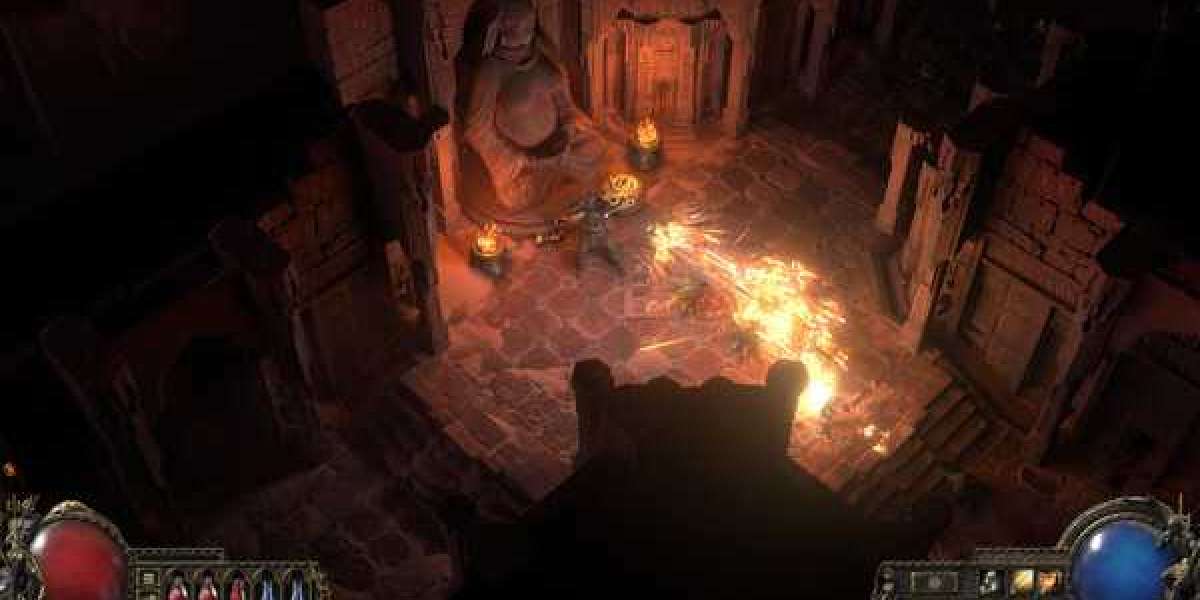An indie game, born out of individual creativity or a small team’s collaborative effort, is a testament to the freedom of expression within the gaming world.

What are Indie Games?
Indie games are characterized by their creation without financial support from major publishers, paving the way for unrestricted creativity and innovation. Titles like Braid, World of Goo, Super Meat Boy, and the iconic Minecraft exemplify the vast potential of indie gaming, with the latter holding the Guinness World Record for the best-selling indie game.
Typically developed by individuals or small teams, indie games thrive on independence, allowing developers to sidestep operational and creative restrictions. The absence of mandatory publisher approval liberates the game designer’s decisions, resulting in projects unbounded by budget constraints. The smaller the team, the more vividly an individual developer’s personality shines through, fostering conditions for innovation, creativity, and artistic expression.
The Evolution of Indie Gaming
The roots of indie gaming trace back to the early 1990s, where shareware distribution models brought about the first wave of indie game popularity. The late 2000s witnessed a second surge, fueled by online distribution services. Seeking funding for their projects, indie developers turn to crowdfunding, finding publishers, or cultivating supportive communities.
Unlike the mainstream gaming industry’s focus on retail, the indie games sector targets online sales. Online platforms prove more profitable and cost-effective for indie developers, especially with the emergence of casual games propelled by social media. While some indie games achieve significant financial success, for many developers, these projects signify crucial milestones in their careers rather than purely commercial endeavors.
The Challenge: Why Do Indie Games Fail?
Despite the remarkable success stories like Minecraft, the majority of indie games struggle to achieve widespread success. Statistics reveal that the average indie game on platforms like Steam sells for less than $10 and moves only a handful of copies. Indie gamers demand quality, making it essential for developers to implement effective marketing strategies to reach this discerning audience.
A Simple 10-Step Guide to Indie Game Marketing
1. Start with focusing on ASO (App Store Optimization)
Begin your marketing journey by prioritizing App Store Optimization (ASO). Over 50% of app discoveries occur through searches, making ASO crucial for visibility. Tailor your game’s name, keywords, and description to align with app store algorithms. Optimize for different platforms like Google Play and iOS, incorporating relevant search keywords. Highlight what sets your game apart from competitors, utilizing engaging screenshots and attention-grabbing phrases.
2. Focus 100% on your soft launch
Growth hacker Oliver Kern emphasizes the importance of a soft launch over the initial release. Test your game with a limited audience, gathering feedback to refine and improve before a full launch.
3. Get your game reviewed
Leverage influencer marketing to reach a broader audience without a hefty advertising budget. Connect with influencers whose followers align with your target demographic. Propose game reviews on platforms like blogs, YouTube channels, or streaming services to leverage their influence.
4. Leverage the power of word of mouth
Encourage your existing user base to become ambassadors for your game. Utilize the power of word of mouth, offering a great user experience that motivates players to invite friends and family.
5. Engage with the media to generate attention
Gain press coverage by reaching out to local YouTube channels, press release platforms, and tech news websites. Create a micro landing page to support your game’s visibility, incorporating a short game trailer, app store links, social media links, screenshots, and game review excerpts.
6. Tap into the power of social media
Utilize the vast user base of social media platforms. Identify the most active platforms for your target audience, such as Twitter, Facebook, and Instagram. Maintain a dedicated page with regular engaging posts, using relevant hashtags to reach a wider audience.
7. Become active on forums and communities
Engage with gaming forums and communities like Reddit’s r/IndieGaming. Create and nurture your own community once you have a playable prototype or gameplay video to share. Involve your audience in the development process, building a core group of supporters.
8. Leverage cross-promotion
Explore cross-promotion opportunities with industry-specific ad networks or collaborate with other developers to introduce your game to their user base.
9. Focus on user relationships
Build strong relationships within your user community. Utilize the GetSocial Social Graph to understand user bonds and drive in-app campaigns that boost user loyalty and app growth.
10. Participate in events
Engage in online events to promote your indie game. Platforms like Google Play host annual festivals, providing opportunities for exposure and personalized expert advice.
Conclusion
Indie games, born from individual or small team creativity, exemplify gaming’s freedom. Indie gaming’s evolution, rooted in the ’90s, sees crowdfunding, publishers, and community support as crucial funding sources. The 10-step guide to indie game marketing emphasizes ASO, soft launches, reviews, word of mouth, social media, forums, cross-promotion, user relationships, and event participation. For aspiring developers, this guide offers a comprehensive roadmap for navigating the indie gaming landscape.
Ready to dive in? Explore the creative possibilities with Togwe. Let Togwe be your ally in reaching audiences across major platforms. Start your indie game marketing success today!

